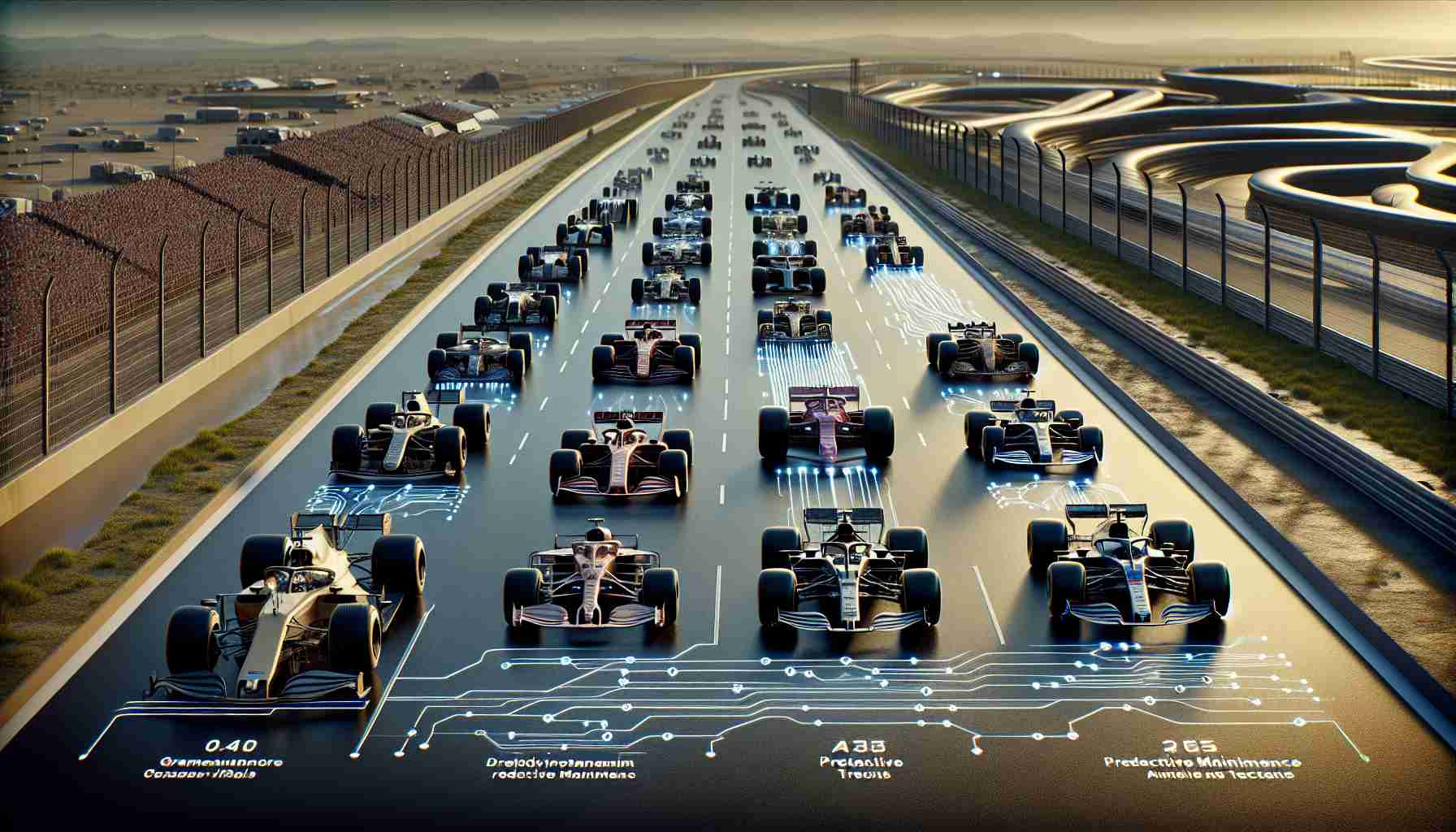Introducing AI to the F1 Circuit
The realm of Formula 1 racing is witnessing a revolutionary shift with the rise of Artificial Intelligence (AI) influencing various aspects of the sport. Notably, the Williams team has openly embraced AI to enhance their car design process for the fiercely competitive races. This transparent acknowledgement sets them apart, although whispers in the paddock suggest at least three other teams are also harvesting the power of AI, as unveiled in findings related to Swiss company Neural Concept’s work.
Neural Concept’s AI Contribution to Aerodynamic Development
Neural Concept has taken a substantial leap by unleashing an automated system founded on the lessons learned from aerodynamic design and development—a triumph among race teams. The Neural Concept Shape (NCS) has a track record of success, including creating the most aerodynamically efficient bicycle in history. Today, its focus has shifted towards optimizing F1 cars using advanced software capable of running three-dimensional aerodynamic simulations. This method significantly cuts down the time-consuming process of crafting physical models and wind tunnel testing.
Williams: Harnessing AI without Reservation
Williams, a historically prominent name in the racing world, is undergoing a period of transformation. The arrival of Hames Vowles marks the dawn of a new era in addressing the team’s technological advancements. In the past, a staggering 20,000 car components were tracked in a single Excel spreadsheet, lacking even basic location data—a system that is now being revolutionized.
AI serves as a virtual co-pilot for engineers, offering insights into aerodynamic challenges that may go unnoticed by the human eye. Not only does AI provide new pathways for optimization, but it also emerges as a potential alternative to expensive wind tunnel tests, a move that could disrupt the FIA’s attempts to level the competitive field through wind tunnel usage restrictions, all while maintaining an operational cost below one million euros annually.
AI’s Key Role in Race Strategy and Pilot Support
In the high-stakes world of F1 racing, AI plays a crucial role in strategizing. It evaluates every element of a race car and gathers data that can be used for real-time tactical decisions. Though the driver remains the pivotal sensor, particularly in assessing tyre conditions, AI’s observational capabilities enhance decision-making, such as the optimal timing for pit stops and engine map adjustments.
While technology overwhelmingly dictates race outcomes, the importance of a skilled driver who can interpret track feedback and relay it to engineers cannot be overstated. With AI, teams can refine their understanding of vehicle status and handling nuances, allowing them to provide real-time performance feedback to the driver, thus maximizing the car’s potential during races and training sessions.
Questions and Answers About AI in F1 Racing
Q: How is AI contributing to car design and performance in F1 racing?
A: AI assists with optimizing aerodynamic performance through sophisticated simulations, reducing the need for physical models and wind tunnel testing. It also helps in tracking vast amounts of component data, identifying optimization pathways, and serving as a virtual co-pilot by providing engineers with insights that may be overlooked by the human eye.
Key Challenges and Controversies in AI’s Role in F1
One key challenge is balancing technological advancements with the sport’s regulations, like wind tunnel usage restrictions intended to level the playing field. Another concern is preserving the spirit of the sport, ensuring that driver skill remains crucial amidst the increasing influence of AI.
Controversies may include debates over the extent to which AI should be allowed to assist in race strategy and car performance, raising questions about fairness and the potential for an ‘AI arms race’ among well-funded teams.
Advantages and Disadvantages of AI in F1
Advantages:
– AI can significantly compress design cycles, facilitating rapid iteration and innovation.
– It offers potential cost reductions in design and testing phases.
– Teams can make more informed decisions during races, improving strategy.
– AI can enable better preparation through simulation, leading to enhanced performance and safety.
Disadvantages:
– High costs associated with AI development could exacerbate disparities between teams.
– Dependence on AI might reduce the importance of driver intuition and talent.
– Potential regulatory issues as the line between driver aid and autonomous decision-making blurs.
For further information related to AI in sports and Formula 1, you can visit the Formula 1’s official website at Formula 1 or a website dedicated to AI technology such as AI.org (Note: the latter link is hypothetical and provided as an example; ensure the link is valid before visiting).
For the latest developments in artificial intelligence, machine learning and their applications in various fields, including sports, consider visiting Nature or Science which provide peer-reviewed articles and research findings.
The source of the article is from the blog windowsvistamagazine.es

